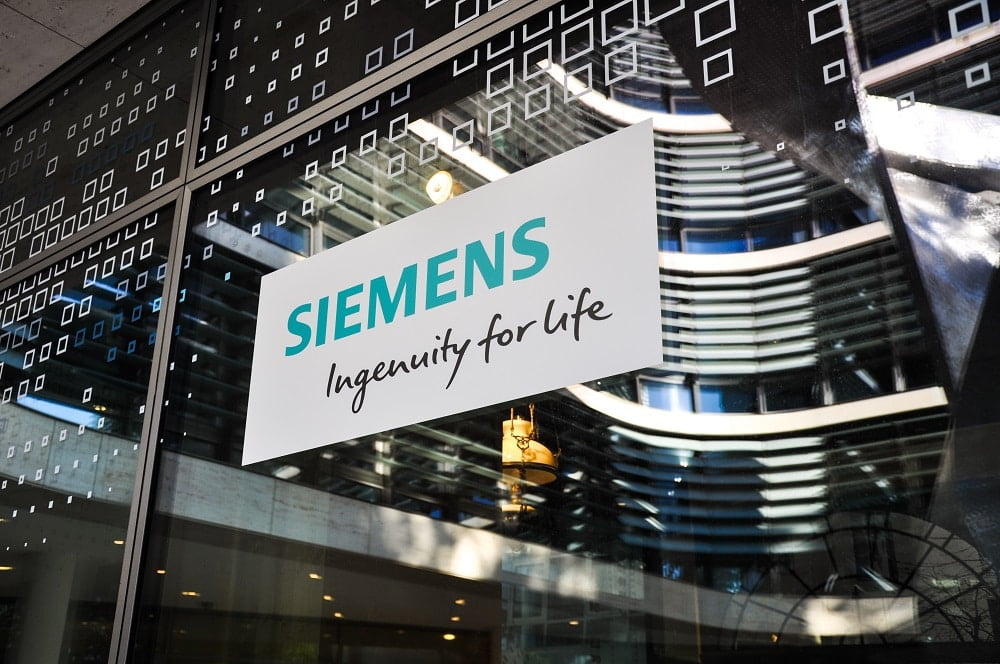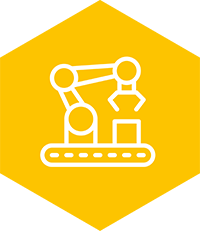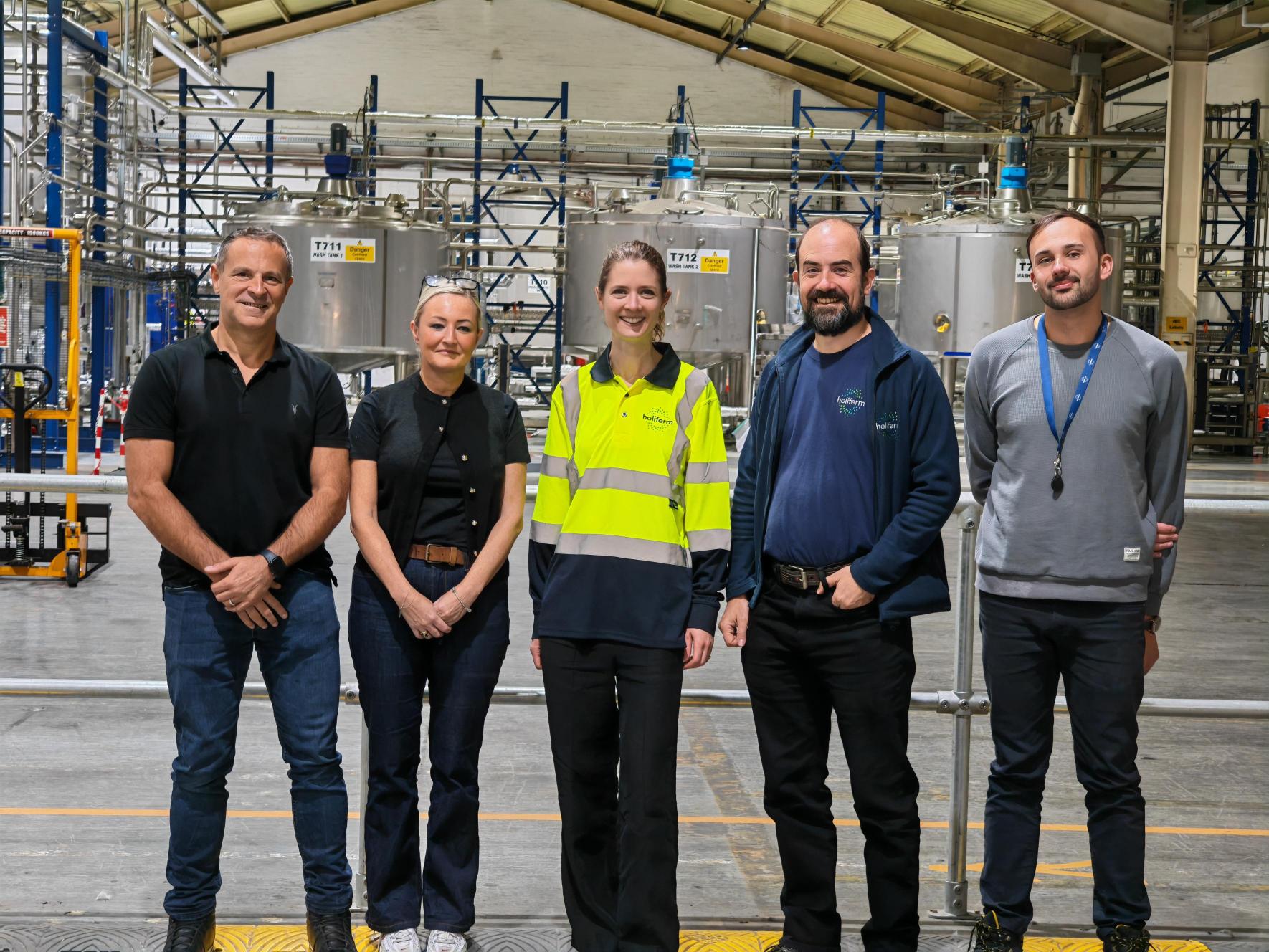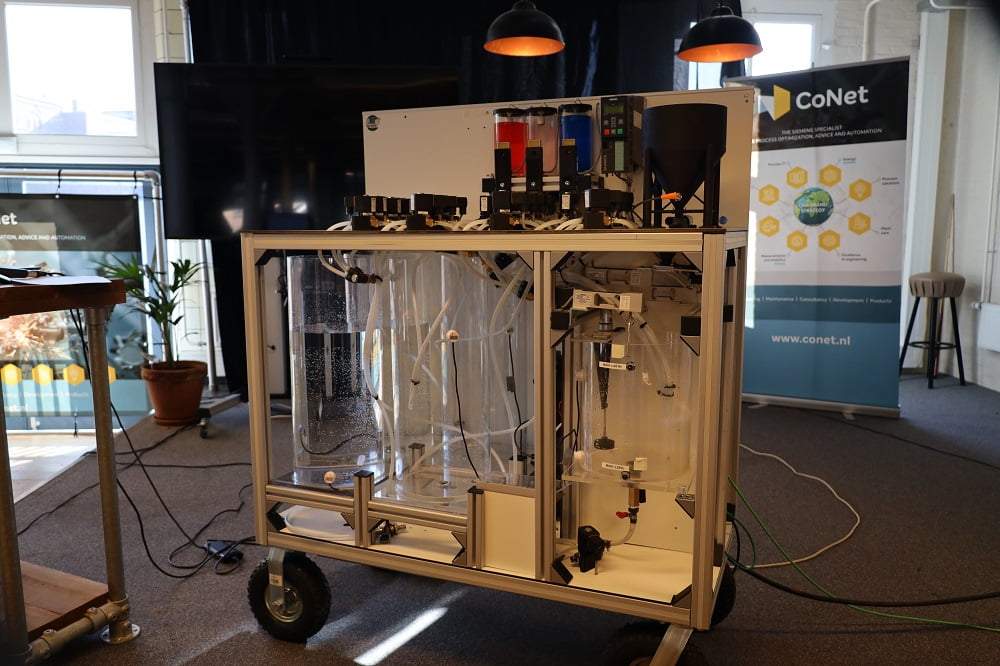
We are always excited to work on a new project with a long-term client and partner. As in this case, one of our partners came to us requesting a PCS 7 upgrade. Upgrades are part of CoNet’s daily tasks. Upgrades can be used to increase performance, lower expenses, or can be changed to more recent devices. Whatever it is, improvements are part of an upgrade. CoNet always listens to its customer and takes time to analyze their needs and wants before offering the most sustainable option for the specific business. Our team continuously seeks to bring the most value to our customers and partners.
PCS 7 Upgrade and Deadline
The initial task was to upgrade from PCS 7 v8.1 to PCS 7 v9.1, but unfortunately, it was not possible due to the later release date of some packages such as SIWAREX and AS-I library. The Siemens release date for these packages was in September, but the deadline for this project was in October.
Our goal is to deliver a sustainable and reliable system on time and avoid unnecessary costs or delays. For that reason, the team reevaluated the request and came up with a different solution. The team decided to upgrade PCS 7 version 9.0 service pack 3 instead of PCS 7 version 9.1. This ensured that we could keep the deadline with our partner without delays.

The System
The team had to choose between a higher-cost SIVaaS (Simatic Virtualization as a Service) or our own lower-cost option to install the system. To save costs and keep a high level of performance, the team decided to go for the lower-cost option. Yet, the more affordable option required the team to do PCS 7 installations and deliver the Windows installation and server hardware.
Twelve virtual machines had to be installed and configured for the system installation and configuration. Four Windows systems were using the CIMPLICITY platform. Since CoNet does not work with the CIMPLICITY platform, CoNet wanted to ensure that the customer CIMPLICITY team could continue their work, so we provided them with an environment. We installed and configured a HOP-on server specifically for the CIMPLICITY team, where they could only operate on the servers assigned to them. CoNet ensured that the correct procedures and safety guidelines were set in place by safely configuring the environment.
Cyber Security and ISO
A part of the upgrade was to ensure that the old system was upgraded, keeping cyber security in mind. Because of our implemented information security Management system (ISMS), which complies with the ISO/IEC 27001:2017, the international standard for information security, we can ensure a high level of security. Therefore, it was essential for us to upgrade and keep the previous system’s security in mind to reduce any security breaches.

Process Configuration
During the engineering phase, the team analyzed and found out which other systems depended on the PCS 7 systems. The team established that three processes had to be configured during the process. So, the team researched the actions, settings, and configurations and, of course, tested them before the day of implementation. Part of the work was an external OPC application (CIM I/O) logging system, network storage via a mapped drive, and an active bulk loading script essential for operators.
Pre-engineering
The success of this project lies 80% in preparation and 20% in implementation. First, CoNet prepared a digital environment for the FAT to run the upgraded program and test scenarios to check for potential bugs in the upgrade process. After that, the FAT was successfully finished due to successful pre-engineering on-site.
Since the team installed the new hardware in the rack on-site during the pre-engineering phase, it made the implementation phase more efficient. It allowed us to switch the cables on the implementation day and not wait until the deadline to install the hardware.

Pre-engineering
The success of this project lies 80% in preparation and 20% in implementation. First, CoNet prepared a digital environment for the FAT to run the upgraded program and test scenarios to check for potential bugs in the upgrade process. After that, the FAT was successfully finished due to successful pre-engineering on-site.
Since the team installed the new hardware in the rack on-site during the pre-engineering phase, it made the implementation phase more efficient. It allowed us to switch the cables on the implementation day and not wait until the deadline to install the hardware.

Downtime Cut in Half
The downtime was planned for two days, but the team worked so efficiently that the implementation was finished on the first day. So, the production could already start on the second day, which saved the company crucial costs.
On the first day of downtime, they managed to:
– Replace eight thin clients with new ones
– Upgrade firmware for 3x AS
– Run Tests on the machines and instruments
– Instal Route Control licenses
– Run essential scripts
– Resolve unsupported hardware with module compiler
Our partner also received a checklist for their systems and a well-written FAT document with a work report. The documents contained all the necessary information for the customer to continue running independently. In the end, our partner expressed their satisfaction and was happy with the work we delivered.

What’s Next?
After a successful implementation, we have been rewarded with other projects. We are looking into other improvements for our partner’s processes, systems, networks, and other opportunities.
We know our craft. We do the work by thinking together, building solutions, finding new innovative ways, and delivering craftsmanship while keeping our partner’s needs in mind. Are you in need of an upgrade? Contact us!







